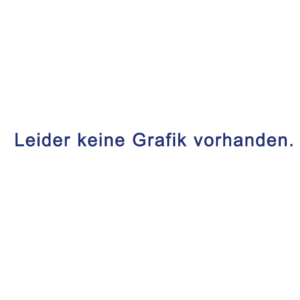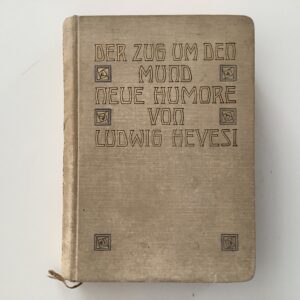Die graphischen Künste.
9.495,00 €
The decisive factor for the reputation of the “Graphic Arts” was the provision of art supplements (original and reproduction graphics, photogravures, light copper engravings, collotypes, autotypes), illustrations and book decorations (including zincographs, photogravures, autotypes). Until the 1890s, the magazine had book decorations typical of the time with initials, vignettes and portraits. From 1897/1898, Art Nouveau artists such as Koloman Moser (1868–1918) and Emil Orlik (1870–1932) influenced the page design, some of which was now also designed in color. Between 1898 and 1905 the magazine also contained over 50 original graphics as art supplements (etchings, woodcuts, lithographs). In the course of the redesign of the cover and the inside title (1903/1904), the design became more sober: initials and vignettes as well as full-page compositions were omitted. Until 1916, the magazine still contained numerous original graphics, mostly etchings, but in the following years collotype printing or autotype printing was used more and more frequently. From 1922 onwards, “The Graphic Arts” contained fewer than ten art supplements per volume and in the last volume of 1933 only two original etchings and two original woodcuts were published. From October 1901, Gustav Glück (1871–1952) and Arpád Weixlgärtner (1872–1961) were responsible for the editing of the “Graphische Kunsten”. They expanded this into an internationally renowned magazine for the graphic arts. Graphic experts from all over Europe and the USA published their contributions to original graphic artists and their art historical “studies and research” in the “Notices of the Society for Reproducing Art”. With this concept, the editorial team responded to the lively interest in original graphic sheets. The specialist and collector audience was offered an international overview of contemporary graphics, including works by Peter Halm (1854–1923), Käthe Kollwitz (1867–1945), Seymour Haden (1818–1910), James McNeill Whistler (1834–1903) and others Ferdinand Khnopff (1858–1921). This set with the mostly missing ‘Jahresmappen’ which contained original graphics of the most important artist of the time like Rudolf Jettmar, Hans Thoma, Heinrich Vogeler, Hans von Volkmann, Peter Halm, Emit Orlik, Ferdinand Schmutzer, Wilhelm Laage, Käthe Kollwitz, Ferdinand Khnopff, Seymour Haden, James McNeill Whistler and many more. It is also interesting because of the endless contribution about the developement of the Arts during the turn of the century and the first years of 1900, mostly by famlous art historians. The lournal ran from 1879 until 1933 and complete sets are almost only found in public libraries. Lond runs, like here present and most of all in perfect condition are hard to find. This set is missing 5 ‘Jahresmappen’ 1915, 1921, 1923- 1925. The ‘Jahresmappe’ from 1899 is missing leaf 1 Ramberger, Haus an der Brücke, and ‘Jahresmappe’ 1918 is missing Rudolf Junk Sinnspruch. A few passepartouts are cut out. The years 1931 – 1932 in issues and in the Original Board covers. – A history about the journal upon request. A RARE SET OF THIS IMPORTANT JOURNAL IN PERFECT CONDITION.
1 in stock
Description
Vienna, k.k. Hof- und Staatsdruckerei, (from 1918 Öterreichische Staatsdruckerei). 1898 – 1932.
Volume 21 throught 55 and ‘Jahresmappen 1898 – 1932. 38,5 : 29,5 cm. With many, partly coloured original graphics in different techniques. Ornamentaly coloured and gilt original cloth and coloured original cloth, the ‘Jahresmappen’ in the green wrappes designed b< Koloman Moser and in the original cloth portfolio.
9500,00 EUR






